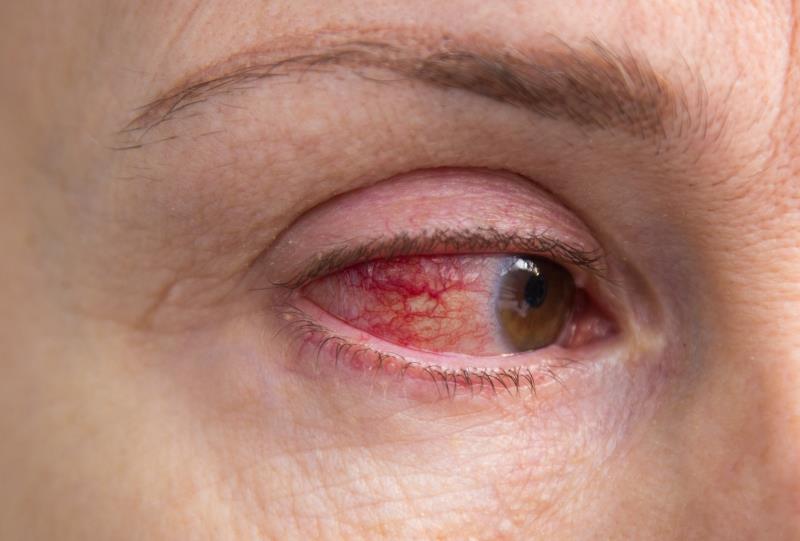
Adults with a history of statin use or dyslipidaemia are at higher risk of having a dry eye disease (DED), a study suggests.
A total of 72,931 individuals seen at ophthalmology clinics over a 10-year period were considered for inclusion in the study. Of these, 39,336 individuals (53.9 percent female) were included in the analysis, among whom 3,399 (8.6 percent) had been diagnosed with DED.
Use of low-, moderate-, and high-intensity statin regimens was identified in 751 (1.9 percent), 2,655 (6.8 percent), and 1,036 (2.6 percent) individuals, respectively. Lipid abnormalities were observed as follows: total cholesterol of >200 mg/dL in 4,558 (11.6 percent) individuals, high-density lipoprotein cholesterol (HDL-C) of <40 mg/dL in 2,078 (5.3 percent), low-density lipoprotein cholesterol (LDL-C) of >130 mg/dL in 2,756 (7.0 percent), and triglyceride (TG) levels of >150 mg/dL in 2,881 (7.3 percent).
The likelihood of having a diagnosis of DED was markedly high among individuals who had been exposed to statins (low intensity: odds ratio [OR], 1.39, 95 percent confidence interval [CI], 1.13–1.72; moderate intensity: OR, 1.47, 95 percent CI, 1.30–1.65; high intensity: 1.46, 95 percent CI, 1.21–1.75).
Likewise, the odds of having DED were high in the presence of high total cholesterol (OR, 1.66, 95 percent CI, 1.52–1.82), low HDL-C (OR, 1.45, 95 percent CI, 1.26–1.67), high LDL-C (OR, 1.55, 95 percent CI, 1.39–1.74), and high TG (OR, 1.43, 95 percent CI, 1.27–1.61).
Additional investigations are needed to determine whether dyslipidaemia and statin use exert separate effects on DED, to elucidate pathogenic mechanisms involved, and to identify any potential therapeutic targets, according to the researchers.